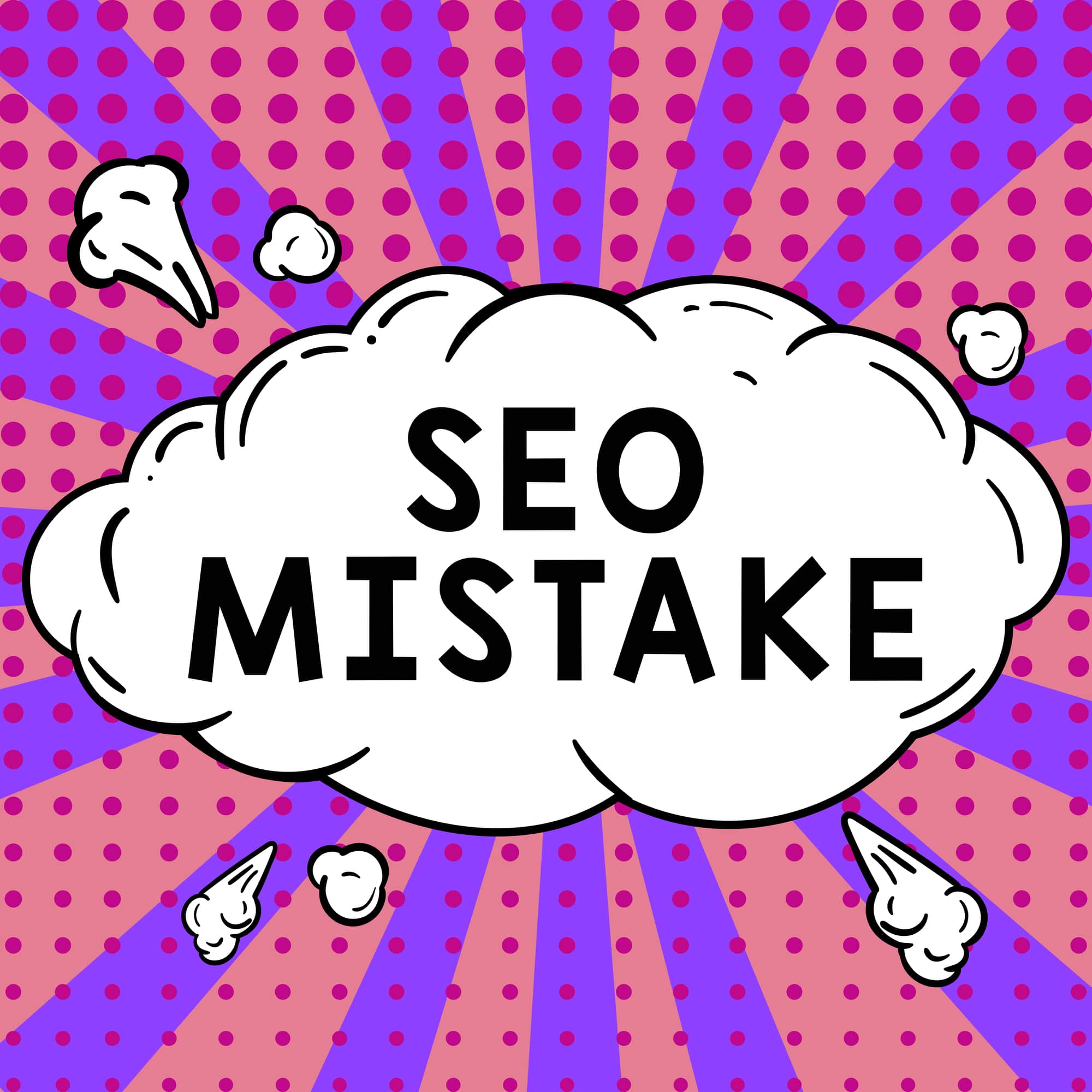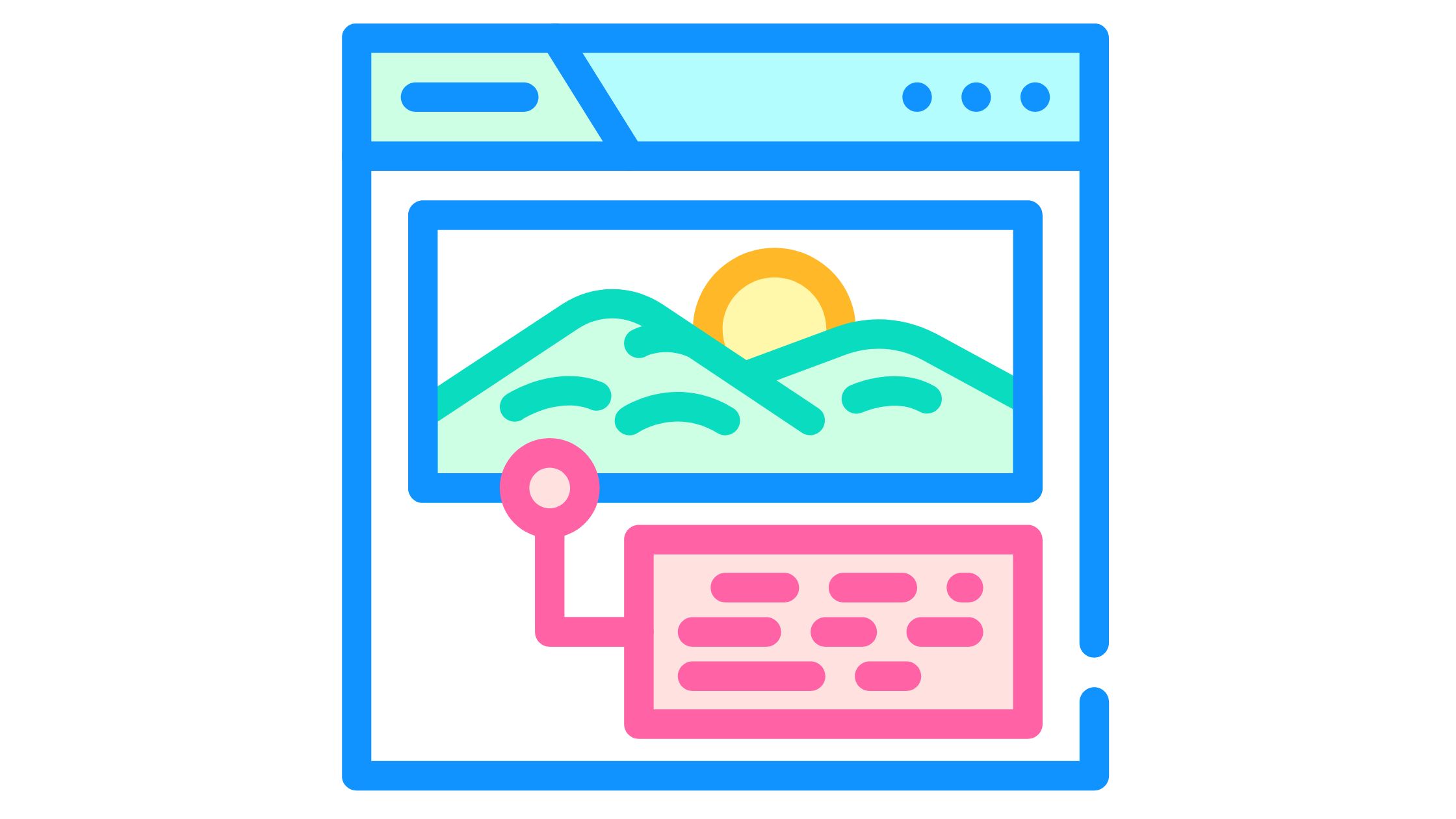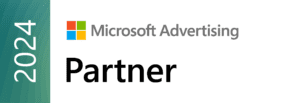 The other day we asked the periscopeUP team to comment on relevant SEO issues they frequently encounter. Here’s what they came up with. It might not be as good as chocolate, but it’s sugar free. Browse, skim and pick what works for you.
The other day we asked the periscopeUP team to comment on relevant SEO issues they frequently encounter. Here’s what they came up with. It might not be as good as chocolate, but it’s sugar free. Browse, skim and pick what works for you.
Want to know more about SEO best practices? Give us a call at (443) 475-0787 or contact us.
META PAGE TITLES & DESCRIPTIONS: ACCURATE & CONCISE
Page titles are critical for both the user and for the search engines. Be sure to include a title that both accurately and concisely describes what will appear to the user on that page. Incorporating the primary keyword, a secondary keyword, and a company or brand name will make the most of your title tag.
The description tag performs a function from both a usability and search engine standpoint. Since Google truncates description lengths, try to keep the description tag at fewer than 300 characters. Be sure that the description accurately describes the content on the page and that it includes an effective call to action. Good description tags are not duplicated, include relevant keywords and display compelling ad copy.
-Stephanie Parnell
URLS: KEEP THEM CLEAN
Keep the number of URL dashes down to less than 7 or 8. Long URLs with tons of dashes can cause part of your URL to be ignored or feel too long to both user and bot. Do not use underscores, spaces(%20), or any other characters in the URL unless absolutely necessary. This keeps the URLs clean for users and bots.
HIERARCHY & STRUCTURE
Having a hierarchy and structure is a great way to explain to Google different sections of your site. In some cases this can help prioritize which levels are more important than others.
For example putting your blog posts under /blog/ helps explain to Google that the blog landing page is more important and should be crawled first before going into the single posts.
A bad example would be /blog/resource/case-studies/case-study-example/ this puts the main content way too far from the root of the site and puts blog, resources, and the category of case studies before the actual case study. This example should either live at /resource/case-studies/ or just /case-studies/. Other areas of your site will help determine which option is better. If you have lots of resource categories it may be better to use resource in the url.
DON’T IGNORE THE ROBOTS
It is by far one of the most important files and aspects of a website. It’s so powerful it can stop a bot from ever seeing your website and content or can give access to every area of your website and server if not configured correctly.
-Jacob Evans
CONTENT STRATEGY: AUTHORITY & AUTHENTICITY
Sometimes just documenting your processes are enough since this ensures authenticity. It’s fine to use other sources, but don’t just rewrite it. Re-interpret information in a new way by applying your experience.
Don’t be afraid to give away your secrets. Competitors may not even notice or care, but your audience will acknowledge your authority. Also, people might be interested in how people interact in certain back office roles or situations. Explain how you benefited or learned from those processes. Personal stories are always original.
One useful technique is to interview key people in your organization about what they do. This guarantees an expert perspective on a subject matter that may be important to your customer.
-Editorial Staff
DESCRIBE YOUR IMAGES
To help Google better understand the image, write the alt text as if you’re describing it to someone who is sight-impaired. We’ve seen Google serve up “mixed results” (text result from one website and an image result from another) in a single featured snippet.
MONITOR BACKLINKS
While attempting to look for legitimate opportunities to increase quality backlinks, it’s also important to periodically review your site’s backlinks for sites that may have linked to your site without your knowledge. Most of these will likely be legitimate, but you may also discover some low-quality or suspect links. In these cases, make every effort to get them removed, and if unsuccessful, add them to your disavow file and submit it through Google Search Console.
-Jessica Srinivas
GET RESPONSIVE
An amazing number of websites across the internet are still not responsive. A website should render well if viewed on desktop, phone or tablet, whatever the screen size. A responsive site optimizes for each device automatically. If you are forced to manually optimize a mobile site, make sure your content is the same and your redirects match up. Google wants end users to have a good experience. So just go responsive.
–Paul Mancini
ENHANCED USE OF GOOGLE WEBMASTER TOOLS
Fetch as Google and submit to index: If you’ve made significant changes to a website, the fastest way to get the updates indexed by Google is to submit it manually. This will allow any changes, such as on-page content or title tags, to appear in search results as soon as possible.
Links to Your Site: Find out who links to you the most. Download the CSV file by clicking on your website URL.
Internal Links: It will show you how many internal links in your website. If you can’t see any of your internal links check the search box.
Manual Action: Get information about actions taken by the manual webspam team that directly affect a site’s ranking in Google’s web search results. You’ll probably see a message that says, “No manual webspam actions found.” Keep checking those notifications.
International Targeting: In this section you can target your audience based on location and language settings. For language setting “hreflang” tags are necessary in your website.
Mobile Usability: Fix mobile usability issues affecting your site. If your website is mobile friendly then it will show you “No mobile usability errors detected.”
-Rakesh Sharma
Implement a rock solid SEO strategy. Give us a call at (443) 475-0787 or contact us.







